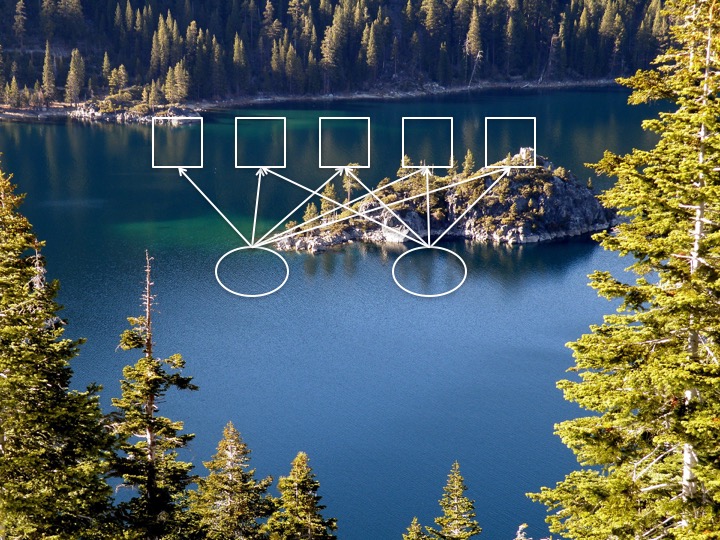Schedule and Presentations 2017
The theme for 2017 theme is genetics. We will be learning fundamentals of genome-wide analyses of genetic variation in the context of neurodegenerative diseases in older adults. In particular, we will focus on the ADNI dataset, which has extensive phenotypic data along with extensive genetic data on a medium-sized cohort of highly selected older adults. With the ADNI data in mind, we will examine topics such as:
- What kinds of genetic variation have been elucidated from ADNI so far? Addressing this question will provide introductions to SNPs, rare variants, copy number variation, insertions and deletions, and other topics about genetic variation
- The human genome project
- Types of genetic variation
- What sorts of genetic analyses can we pursue of phenotypes? Addressing this question will introduce techniques including genome-wide association analyses (GWAS) of common variants, genome-wide gene-based association tests of common and rare variants, a priori curation of genes to focus on more manageable subsets of the genome, GCTA analyses of heritability overall and by chromosome, and Mendelian randomization analyses of intermediate phenotypes.
- Software to be mentioned include: PLINK, VEGAS, GCTA, SKAT
- Emphasis will be placed on the presentation and interpretation of genetic results, including QQ plots, Manhattan plots, and locus zoom plots
- How can we integrate additional biological information to improve our understanding of phenotypes (Advanced)? Most of the basic analyses use a one-variant-at-a-time (OVAAT) approach that seems to have a brute force flavor. A variety of more elegant approaches have been used. This section will introduce at a high level approaches including: pathway analyses, protein-protein-interaction (PPI) prioritization, Bayesian approaches to integrate extensive genetic annotations to re-prioritize signals, etc.
- What sorts of things can we do with publicly available genotype-phenotype association data, such as that available from IGAP (the International Genomics of Alzheimer’s Project)? This section will introduce at a high level various secondary analyses of data that have already been produced by the research community. Can we use IGAP data to inform ADNI analyses – or vice-versa – can we leverage ADNI results to re-analyze IGAP data? We will include pleiotropy, gene × gene (G×G), and gene × environment (G×E) interactions
- What sorts of phenotypes make sense to evaluate as having possible genetic relationships? Addressing this question will provide introductions to the Alzheimer’s disease case-control phenotype (for which ADNI is much too small) as a starting place, and consider extensions. What about imaging data? What about cognitive data? What about phenotypes that merge imaging and cognitive data in some way?
Workgroups will then pursue analyses of one or more phenotypes using one or more analytic strategies that makes sense with the ADNI dataset. We will focus during Friday Harbor itself on analyses which can be performed on modern laptops, such as GCTA analyses of heritability based on common variants, VEGAS analyses of gene-wide variants, and analyses of each gene using principal components. The goal of these analyses will be that each participant observes him or herself performing a genetic analysis that he or she understands.
Workgroups will then turn toward designing group-wide projects with the intention that these would be completed by the group following Friday Harbor itself.
